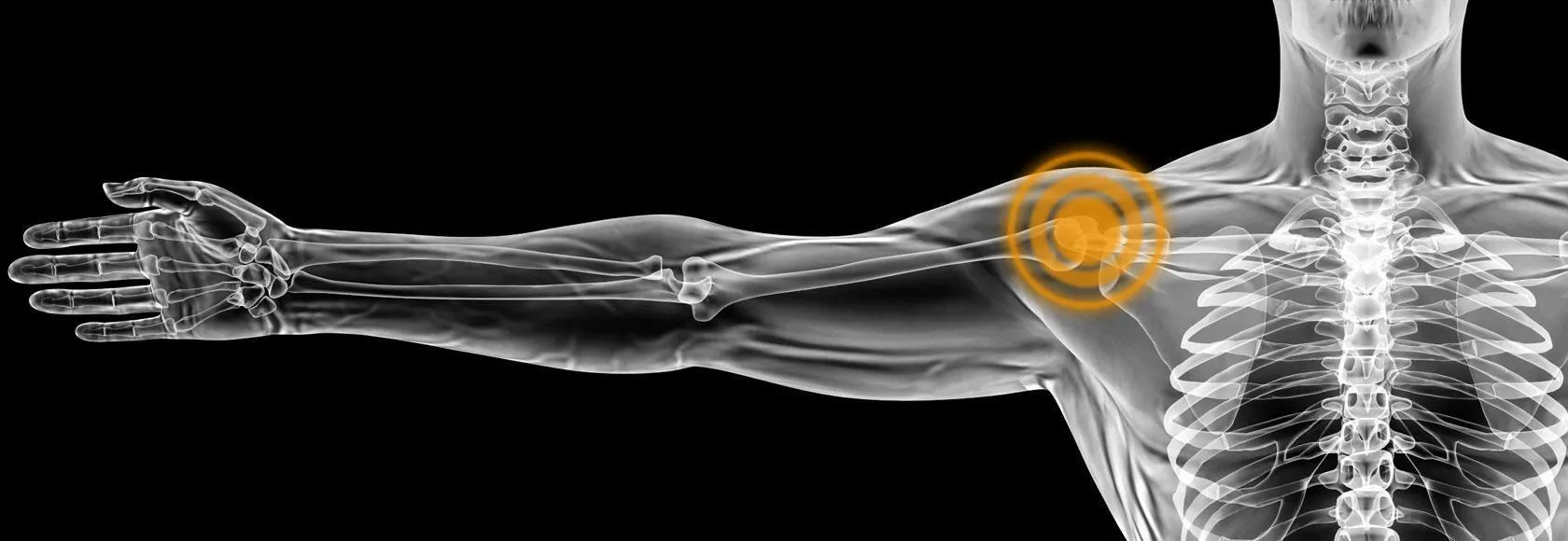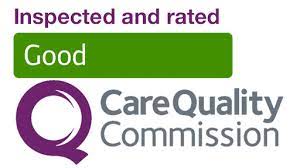What treatments are there for shoulder pain?
If your shoulder pain doesn’t improve with simple medications, other treatments such as ultrasound-guided msk are available. Your doctor will be able to give more specific advice.
Physiotherapy and occupational therapy
Most shoulder problems will benefit from physiotherapy. A physiotherapist will assess your condition and put together a tailored treatment programme.
The aim of physiotherapy is to improve symptoms and restore function. The approach will depend on whether you have a short-term (acute) problem or a long-standing (chronic) condition.
Steroid Injections
Steroid injections into the joint can help shoulder problems. The steroid is usually given along with a local anaesthetic, and you should find your shoulder pain improves quite quickly.
The injections reduce inflammation and allow you to move your shoulder more comfortably, though you shouldn’t use your shoulder for anything too strenuous the first two days after injection. The pain relief should allow you to do your physiotherapy exercises more easily.
Surgery
Most shoulder problems improve without the need for surgery. But some conditions can be helped by surgery.
If an operation is needed it can often be performed using keyhole techniques, which require a smaller incision and often reduce the recovery time needed.















